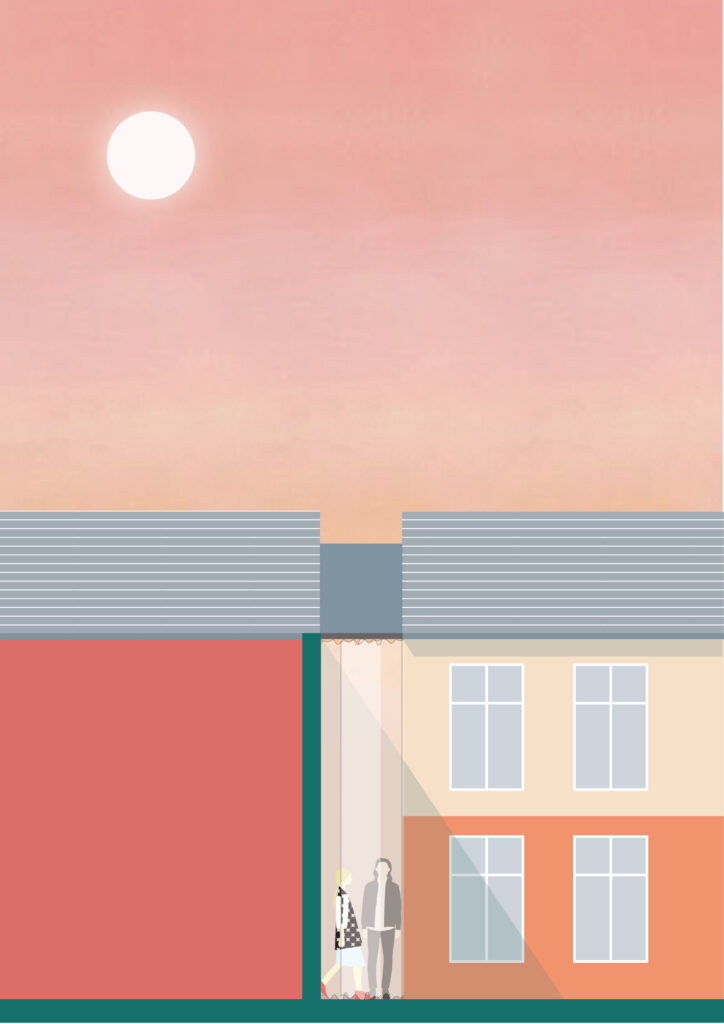Return to archive
title
Book Corner: “The Epistemology of the Unspoken: On the Concept of Tacit Knowledge in Contemporary Design Research” by Claudia Mareis (2012)
authors
Anna Livia Vørsel Hamish Lonergan
The discussed text of Claudia Mareis appeared in Design Issues 28 Journal, no. 2 (2012): Page 61–71.
Anna Livia Vørsel
In her text, Claudia Mareis situates Polanyi and tacit knowledge really concisely as a bodily, situated form of knowing:
“Polanyi supports his statements on Gilbert Ryle’s differentiation between ‘knowing that’ and ‘knowing how’ and presents human expertise correspondingly as a form of practical knowledge. He thereby develops a knowledge and consciousness theory concerned not with a static knowledge result (knowledge), but with the act or the process of recognition and perception (knowing); he therefore assigns the human body and its senses a central position in the production of knowledge.” p.65
Hamish Lonergan
In this essay in the peer reviewed journal Design Issues (‘covering design history, theory, and criticism’) design scholar Claudia Mareis argues that tacit knowledge is created by social and discursive mechanisms. She frames this position in opposition to existing attempts to understand tacit knowledge—and related terms like Cross’ ‘designerly way of knowing’, ‘experiential knowledge’ or ‘situated cognition’, emphasizing the practical and personal—that frame tacit knowledge and design in general as a ‘natural’ phenomenon. Instead, Mareis turns first to Polanyi, who identified not just theoretical and practical knowledge as tacit, but also knowledge that is ‘influenced by moral, cultural, and scientific authorities…realized within the social boundaries generated by them’ (66). Indeed, Polanyi’s writing on ‘expertise’ and ‘connoisseurship’—transferred through tradition and authority, for example through master-apprentice relationships—are frequently missing from existing accounts in design studies. Mareis then links these socially constructed qualities to Bourdieu’s ‘habitus’, comprising ‘all the habits, customs, physical abilities, aesthetic and cultural preferences, and additional non-discursive aspects of knowledge that are considered self-evident to a specific group’ (68-68). In this way, tacit knowledge in design transfers and reinforces these same social relationships and exclusionary social capital in a non-verbal way. In seeing this process as ‘natural’, researchers assume that the knowledge cannot be made explicit when, instead, some knowledge is kept deliberately tacit to support power structures: here she turns to Foucault, and his notion that ‘discourses are always cultivated by certain taboos and speaking bans’. Mareis’ account is one of only very few accounts in design studies of the social dimension of tacit knowledge, and is particularly useful in confirming suspected links between Polanyi and Bourdieu. Yet, at times notions here mirror those found in Collins, but with less nuance, particularly his categories of ‘relational’ and ‘communal’ tacit knowledge. Moreover, the essay lacks concrete examples of how social capital and habitus operate in design; these examples would do more to combat the ‘naturalist’ arguments than the same theorizing which the naturalists frequently reject.



